6. The Shining (1980)
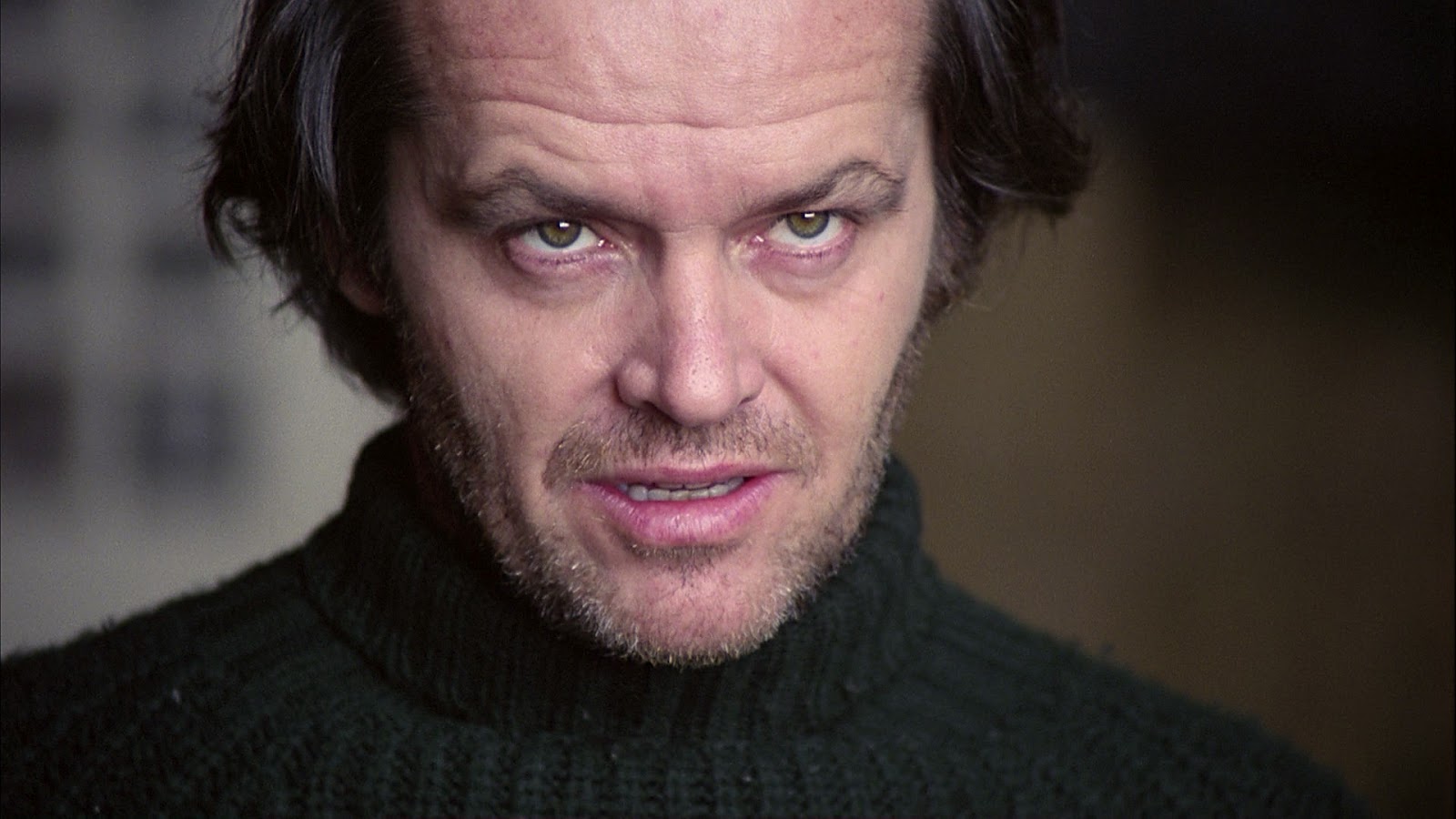
“The Shining” has been considered the greatest horror film of all time as well as being Stanley Kubrick’s most accessible film. This accessibility may account for the film’s popularity, but it is obvious that the horrific dread that Kubrick’s style induces throughout the film also plays a major part in the film’s popularity.
Kubrick was influenced by David Lynch’s “Eraserhead” and Tobe Hooper’s “The Texas Chainsaw Massacre,” which is evident in the montages of horror imagery that populates the film as well as the continual sense of dread, respectively.
There are touches of Kubrickian filmmaking throughout the film, with the characters looking into the camera with their heads down and eyes up, which was dubbed the “Kubrick look” as well as the one-point perspective shots used liberally throughout the film.
The most intriguing thing about “The Shining” are the parts of the film that deviate from “typical” Kubrickian style. The best example of this is the rapid montage of horror imagery that was influenced by “Eraserhead” as mentioned earlier. The reason this stylistic choice is so interesting is because Kubrick hardly cut between images that fast, with the exception of Dave entering Jupiter in “2001: A Space Odyssey,” and because the images that create these montages are not only horrific, but also moments that will be encountered in the future.
This is to say that of all of Kubrick’s films, this is the only one that suggests that the events unfolding in the film were destined to happen from the beginning. In this sense, “The Shining” questions the free will of humans, which is reflected by the final shot of Jack in the old picture with the hotel crew essentially asking whether Jack is responsible for his actions or if he was destined to commit these crimes from the beginning of the film. This is all to say that “The Shining” is an intellectual horror film, which is a compliment few horror films deserve.
7. Blade Runner (Final Cut)
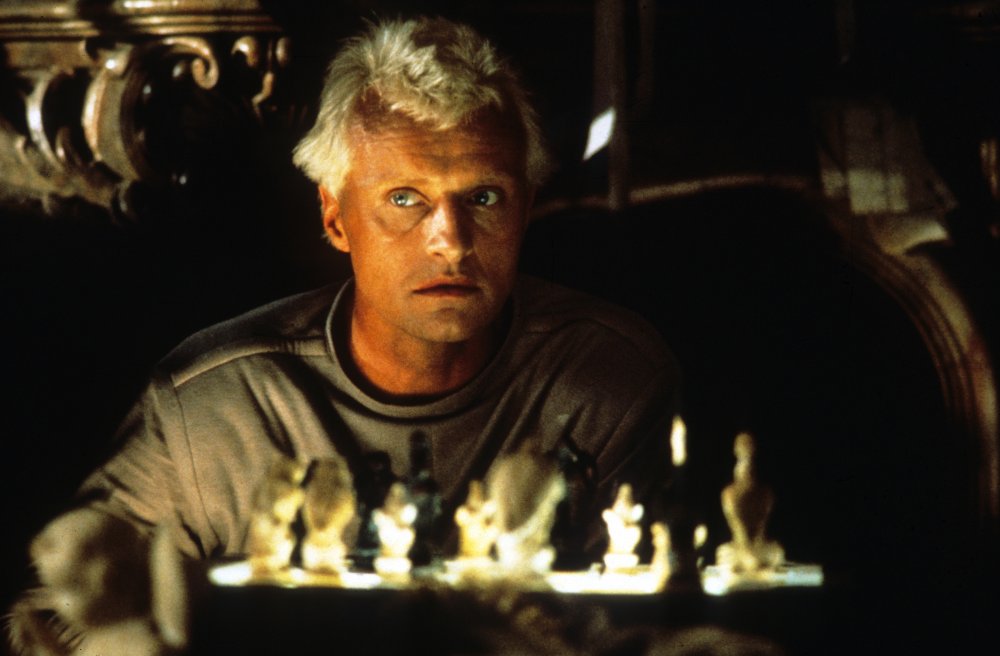
“Blade Runner” is almost the perfect philosophical science fiction film that has to do with both Philip K. Dick’s book as well as Ridley Scott’s realization of Dick’s book. The setting also creates something both old and new, akin to the feeling of nostalgia and awe that “Star Wars” tends to generate. “Blade Runner” creates this mixture of feelings by mixing film noir and Edward Hopper’s “Nighthawks” with science fiction technology and prominent philosophical questions.
These philosophical questions are still as prominent as they were when “Blade Runner” was released; however, the way the film asks these questions throughout are overlooked. For example, Roy’s ending monologue is seen as the quintessential argument for replicants being seen as humans, since he clearly displays everything that makes one human.
However, a better scene that illustrates this argument is the idea that Deckard is so human that he is completely unaware of the fact that he is a replicant. The subtle way in which Scott reveals that Deckard is a replicant is brilliant because it was set up early on in the film and pays off with a startling reveal.
However, the shock of this reveal isn’t where the brilliance lies, but rather in the way the revelation suddenly causes the questioning of what makes humans human to collapse in on itself because humanity itself doesn’t understand what actually makes humans human.
This is clear throughout “Blade Runner” and even more so after Gaff says, “It’s too bad she won’t live, but then again, who does?” This line, more than any other in “Blade Runner,” highlights the difficulty in assigning attributes to humanity, because while the replicants aren’t living, are humans really living, or are they as dead as replicants? This is all to say that “Blade Runner” asks questions that are so essential to the audience – no, all of humanity – that this is arguably the most important accessible film on this list.
8. Fargo
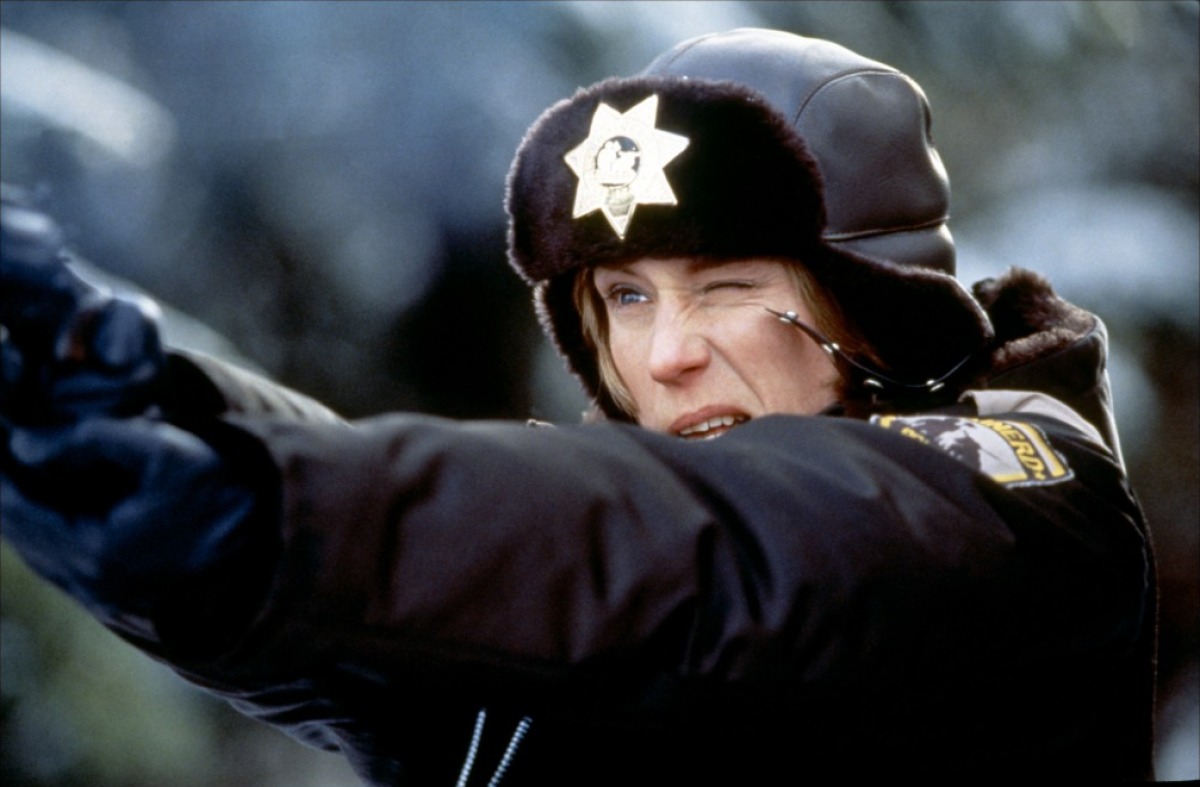
Many Coen brothers films are popular films; however, it is “Fargo” that is their masterpiece. “Fargo” could be described as a mystery film, but it isn’t really a mystery film. It would be more apt to call it the deconstruction of a mystery film, because the fun is in seeing how all of these different personalities clash and work together to create a complete picture of the crime and the mystery that is essentially solved from the first scene. “Fargo” is similar to “The Wire” in the way it displays every character’s subjective view of a crime, which in turn creates an objective view of the crime.
The best scenes that illustrate this are the scene when Carl gets pulled over by the cop and Gaear kills the cop, which is then contrasted by the scene where Marge essentially breaks down the killing. These two scenes are used to illustrate the two different points of view on the crime, and in both of the scenes, the audience is rooting for the main characters, even if both of their objectives are directly in opposition to each other.
This is the Coen brothers displaying their talent for writing scenes and likable characters, because not only is the audience rooting for the main characters in both their scenes, the audience is on the edge of their seat with anticipation as the scene unfolds.
There are few films that create tension on a scene to scene basis by using the minimal amount of story, and mostly relying on the abstract tension that arises from each scene due to conflicting objectives on character. But there are also only a few films as great as “Fargo.”
9. The Village
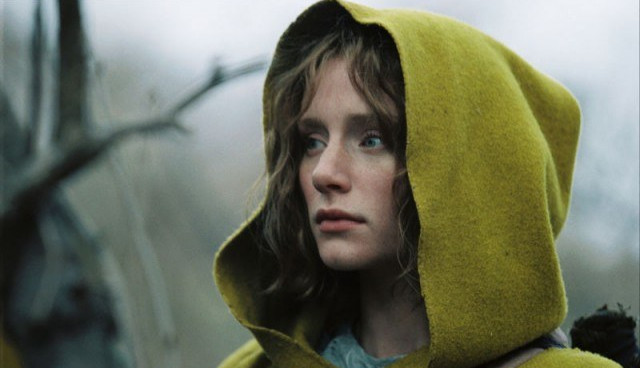
M. Night Shyamalan is misunderstood as a director who uses twists to surprise his audience, which in turn creates an audience that sees the film more like a puzzle to be solved than an actual film. Shyamalan is similar to Alfred Hitchcock in the way he uses mirroring between characters as well as the thriller genre to draw the audience into the world of the film.
“The Village” is proof of this apt comparison to Hitchcock, and that Shyamalan uses twists to reinforce the themes of his films. The main theme of “The Village” is that love gives us the ability to do things that we wouldn’t be able to do without it.
This is seen in many relationships in many variations throughout the film: Lucius’ love manifests itself through him protecting Ivy in the same way every parent of the village manifests their love by scaring their children, which they ultimately believe is protecting them from the real world.
There are more examples of this in the film, but it is important to note that the twist that the monster are actually the parents of “The Village” is used to further emphasize the main theme, as well as a mirroring of Lucius’ love for Ivy.
This is mirroring is even furthered when Ivy learns the truth, gets medicine for Lucius, and decides to keep living in the village with Lucius even after she knows there are no monsters. Ivy is similar to her father because she is in a powerful position, but decides that living the lie is best for her and Lucius similar to the way that her father continues to live the lie, since he too believes it is best for his daughters as well as the rest of the village.
This is all to say that “The Village” is one of the greatest thrillers of all time that certainly deserves a spot next to the best Hitchcock films, even if it is the only one of Shyamalan’s films that deserves that spot.
10. Speed Racer
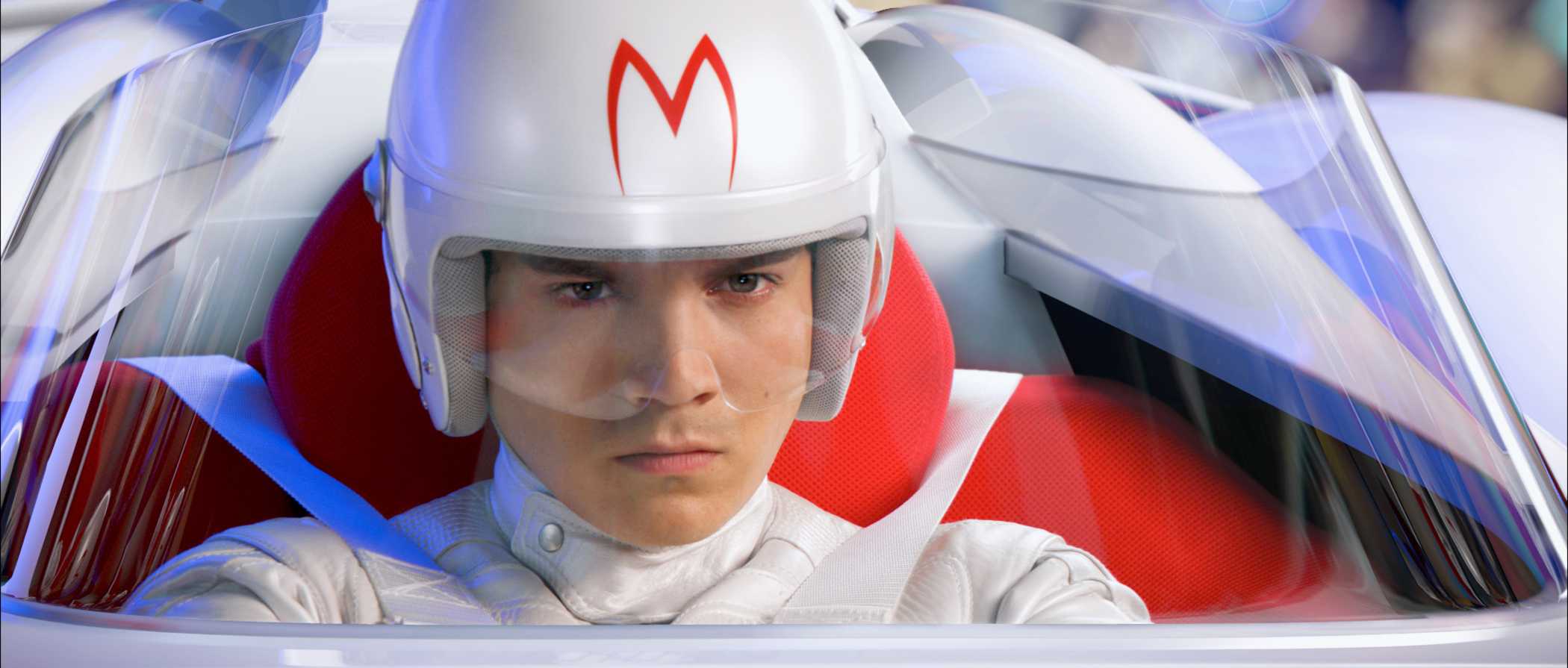
The Wachowski sisters are the two most inventive filmmakers currently making blockbuster films. Sadly, their inventiveness hasn’t always translated into box office numbers, but it has translated into several film masterpieces. The best of which is “Speed Racer.”
Supposedly, the Wachowskis wanted to create a live action anime, and “Speed Racer” is exactly that: a live action anime. It has race scenes that make everything made before and after the film look old by comparison.
The mise-en-scene is a mix between cartoon techniques in the sense that every color pops with ecstasy that is typically only found in Wes Anderson films or Disney films, and live-action techniques in the way the camera is constantly manipulated to capture the heat of every emotion.
This is what makes the final race such a dazzling piece of cinema, because everything is working together to create an excitement that is rarely felt while watching a film. The final race is shot like a Hitchcockian thriller.
The best example of this is the scene during the final race when Speed is trying to restart the car after wrecking. The camera cuts between Sparky, Speed’s dad and mom, and Speed with a much slower pace than the rest of the race. Then the camera stays on Speed slowly cutting faster between him concentrating on the car and the part of the car, with Speed’s foot and hand moving to parts of the car until finally, Speed’s hand makes contact with the car, which allows for the engine to jump-start.
This is shown in two shots that are similar to the two pads that people use for a defibrillator, because these shots not only represent the jump-starting of the engine, but also the jump-starting of the audience excitement for this race again. The next succession of shots reiterate the excitement the audience feels, as well as reminding them in a cerebral way what they already knew viscerally: Speed’s back in the race. The Wachowskis’ “Speed Racer” is a film of rather inventiveness and excitement. “Speed Racer” is the pinnacle of blockbuster filmmaking.